One thing about
Alpine
’s movements over the past 24 hours was wholly expected; the other was not.
Promoting
Franco Colapinto
to the racing line-up at the expense of
Jack Doohan
was forecast not only in the past few days, but before a wheel was even turned this season; signing the loquacious Argentine was seen to put pressure on Doohan to perform. Doohan was thus thrust into the unenviable position of having to bat off questions about his future before he’d even taken part in the season opener.
The departure of Oliver Oakes was not foreseen, however. Just over the weekend, Oakes had to be on hand to smooth out the rekindled rumours that Colapinto was due to replace Doohan in the short-term – but now, both have walked out of the door.
Read Also:
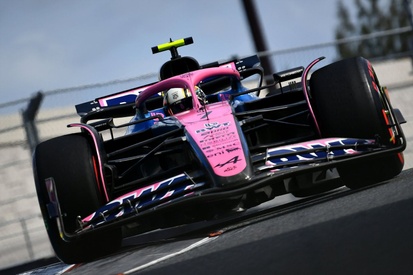
Doohan doomed – Why do young F1 drivers have so little time to impress?
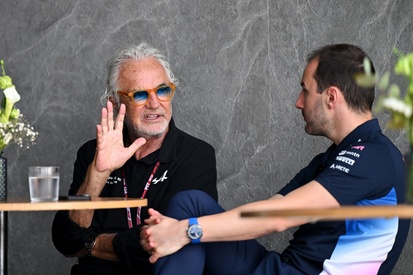
Flavio Briatore denies rift rumours after Oliver Oakes’ shock Alpine F1 exit
Coincidence? It hardly seemed that way; the common belief in the wake of Oakes’ resignation was that he wanted to give Doohan a chance to capture his first points in Formula 1, while Briatore wanted Colapinto in the car. He had, after all, concluded deals with the Argentine sponsors that had accrued significant interest in the country’s first F1 driver since Gaston Mazzacane when Colapinto drove for
Williams
last year. Ultimately, it was only a matter of time before Briatore got his way – and this was presumably seen by Oakes as the Italian outstepping his jurisdiction.
Maybe Oakes believed he ought to oversee the racing team’s performance, while leaving the business aspects to executive advisor Flavio Briatore. This division of responsibilities seems to function effectively in such setups.
McLaren
In this setup, Zak Brown and Andrea Stella have distinct responsibilities within the team—Brown oversees the business and commercial sectors, whereas Stella manages the F1 team’s factory operations and race activities. Although Brown plays a crucial role in deciding which drivers join the team, he consults with Stella before finalizing these decisions.
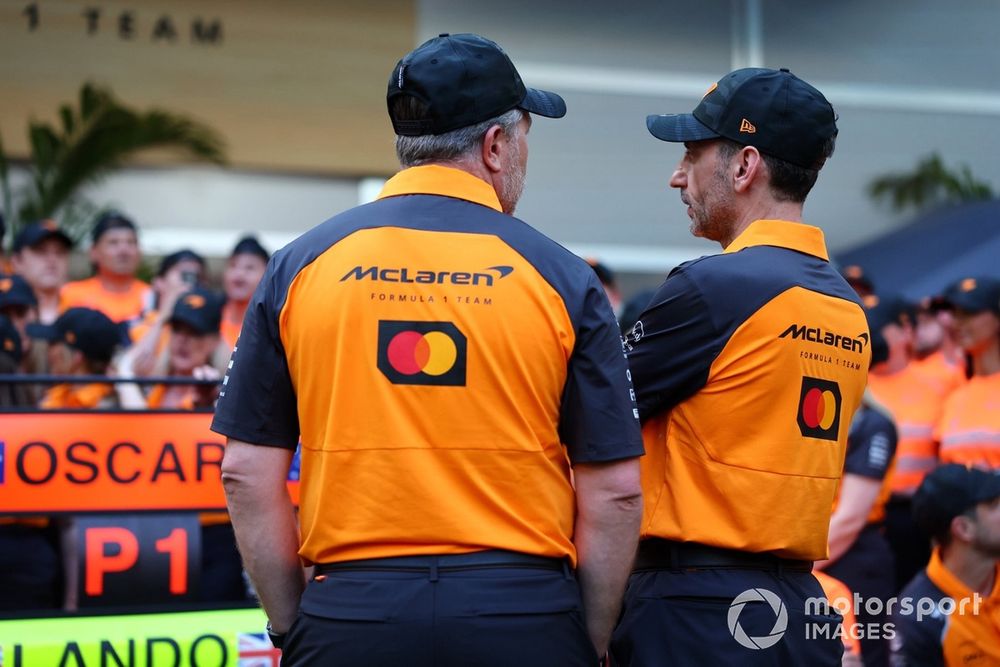
Andrea Stella, McLaren, Zak Brown, McLaren
Photo credit: Andy Hone / Motorsport Images
Therefore, the situation was evident (assuming it wasn’t already): Briatore took charge, leaving Oakes with the difficult role of defending these choices publicly.
As usual, Briatore refutes these claims. He posted on Instagram, seemingly the ideal platform for such denials, stating that the notion of a dispute with Oakes being “wholly untrue and not close to reality.”
Oli and I share an excellent rapport and we envisioned a future where we could steer this team towards success for many years to come. However, we acknowledge and honor Oli’s decision to step down, which has been duly accepted. These circumstances do not pertain to our group dynamics but rather involve private matters.
He additionally incorporated a statement from Oakes, which said: “This is my own choice to resign. Flavio has acted like a father to me, always being incredibly supportive ever since I assumed the position, and he provided me with this chance.”
Everything is set for 2026, and this dream deserves to reach its destined point. My faith lies with Enstone.
Let’s assume this holds true momentarily since fairness dictates considering every perspective when the facts remain ambiguous. We do understand that Oakes has a small family, which would be easier to balance alongside his position at Hitech. Given that participating in 12-14 events annually within both the F2 and F3 circuits—and overseeing additional responsibilities like managing the F1 Academy along with GB3/GB4 teams—does not impose nearly as much pressure as being responsible for up to 24 races each season as an F1 team leader.
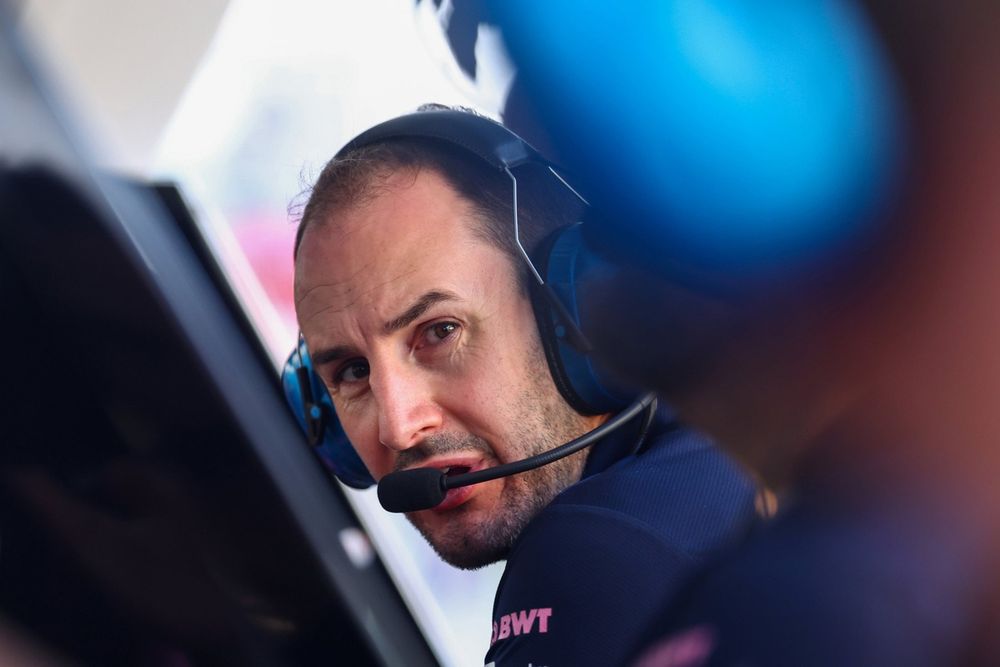
Oliver Oakes, Alpine
Image credit: Peter Fox / Getty Images
Perhaps that was part of Oakes’ considerations. But it would be foolish to assume that the coincident timing of the Doohan/Colapinto switch and Oakes’ resignation is just that: mere coincidence. Perhaps there was a sense that he couldn’t realistically carry out the vision he had for the team, and perhaps he felt the risk of being drawn into the F1 magnetar wasn’t worth it. If a combination of those things is the case, then all one can do is applaud his decision.
However, the current circumstances necessitate yet another reassessment. Since Renault took back control of the Enstone team when it was struggling during its last days under the guise of Lotus, any semblance of consistency has largely remained theoretical. Fred Vasseur was appointed as the team principal for Renault’s relaunch, but this arrangement only lasted around a year before he stepped down due to conflicts with managing director Cyril Abiteboul regarding the team’s future direction.
Abiteboul assumed the responsibilities of team principal and remained in this position until the conclusion of 2020. Following him, several managers came and went rapidly. This list includes Marcin Budkowski, Otmar Szafnauer, Bruno Famin, and most recently, Oakes. Ever since Abiteboul departed, the typical duration for holding the title of Alpine team principal has averaged approximately 390 days. Coincidentally, it was on the very day that Watford, known for frequently changing coaches—often referred to as “sack-happy”—let go of their manager Tom Cleverly, that Oakes tendered his resignation from Alpine.
And that’s merely the leadership level; Alpine seems to constantly undergo changes, with frequent shifts among the technical personnel mirroring these fluctuations at the highest levels. It appeared that Oakes had finally brought stability, especially towards the end of 2024 when things picked up significantly due to David Sanchez’s expertise in managing the technical aspects. However, his resignation then adds further disruption to an already unstable situation.
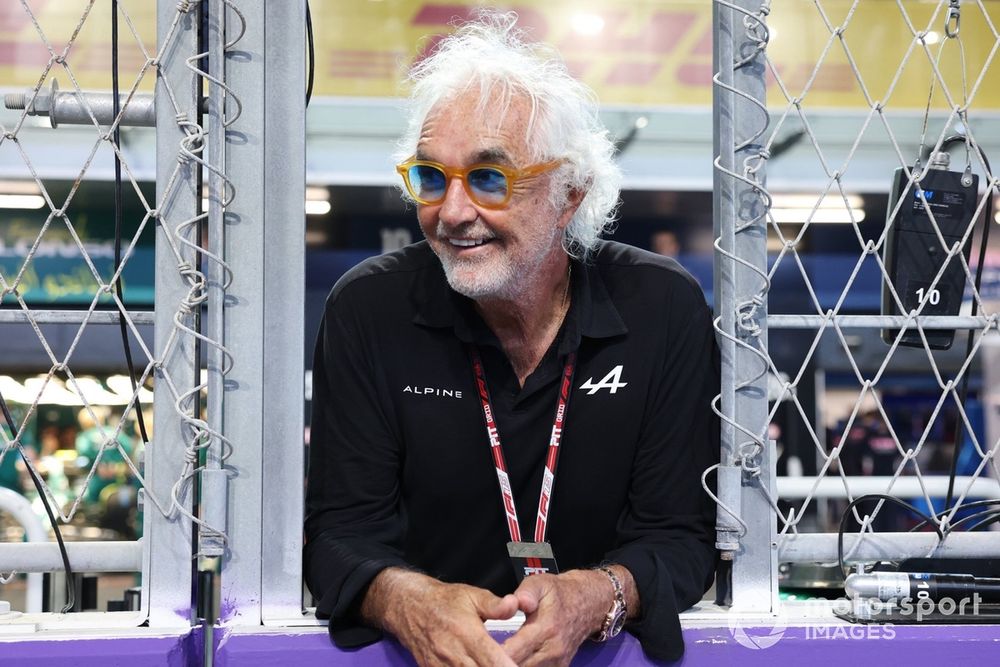
Flavio Briatore, Alpine F1 looks on during the F1 Grand Prix of Saudi Arabia
Photo by: Steven Tee / Motorsport Images
It’s uncertain whether Briatore stepping into the role of team manager is intended to be a short-term arrangement. Should this be the case, the responsibility falls on him to identify a suitable replacement who shares his vision and can break the pattern of hiring, dismissing, and exerting pressure on drivers. It should also align well with how Oakes was previously positioned, assuming their joint comments hold true.
Some internal personnel possess the expertise needed for a promotion; individuals like Dave Greenwood and Ciaran Pilbeam have spent considerable time in pit lanes and could logically fill such roles. Alternatively, bringing in an external candidate eager to advance into a team principal position—much like Jonathan Wheatley—is another option.
Sauber
For instance, this could be the approach to take.
However, unlike football, where you have numerous experienced managers who can step in, navigate the organization for half a year, and still receive a significant payoff following a mediocre season, leading an entire F1 team requires a very specialized skill set.
Before Alpine reaches this stage, it must clarify what it represents as a brand. By 2026, it won’t be considered a manufacturer team anymore; oddly enough, it will become a
Mercedes
Is the customer team under Groupe Renault merely an additional outfit on the grid? Could it continue as a squad focused primarily on promoting Alpine cars? Alternatively, might there be potential for selling a controlling share to an investor with a concrete plan for the team’s future direction and a clear understanding of how it should contribute to Formula 1?
In another scenario, the team simply proceeds with its unusual manner: personnel leave and join regularly, it maintains its position within the middle of the pack, and drivers typically stay for only about two or three years before moving to more stable positions elsewhere on the circuit.
To become something different, Alpine faces a steep ascent.


Leave a Reply